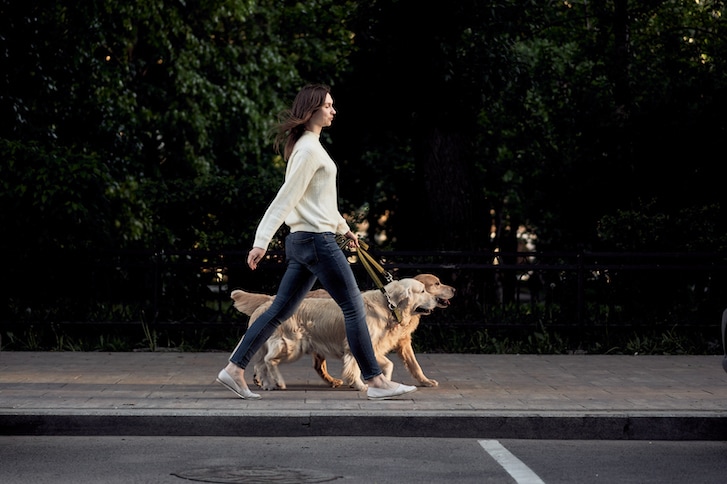If you’re making a living as a pet sitter, there are certain things you need to do to prove you’re the real deal and a professional who takes your job seriously. Launching a website, securing good advertising and having positive customer reviews may come to mind, but even more important than any of that is securing pet sitting insurance.
Securing pet sitting insurance is the first port of call for many small business owners looking to legitimise their business from day one—helping them to protect themselves and their clients and offering an instant indication they’re serious about what they do. If you’d like to be aware of all your options, a deep dive online will yield plenty of links.
Insurance isn’t just important for you, it’s important for your clients too. Prospective pet sitting clients will often ask to see evidence of insurance cover when they first meet prospective pet sitters—and having it can help you stand out. There’s no premium on peace of mind: the financial coverage offered by insurance puts both client and pet sitters at ease.
Here are a few ideas of what pet sitting insurance may include and other key things to consider when selecting an insurance plan.
What to get: public liability insurance
Public liability cover protects against third-party claims for bodily injury or property damage arising from negligence on behalf of yourself, your employees (if you own a pet sitting business) or independent contractors who work for you. Adequate care, custody or control cover which covers the client’s pets and personal property is also recommended. For instance, if a pet chews the furniture, it is considered personal property in your care, custody and control when you have been given the key to someone’s home.
Make sure you have sufficient cover for significant vet bills if a pet is injured in your care. In the event of a serious accident, you may be responsible for the cost of significant surgeries and treatment.
Add-on cover: employee dishonesty cover
Cover in the event anything is stolen is the kind of thing clients may ask a pet sitter about during a job interview. Employee theft and theft by the pet sitter may require separate and additional insurance cover, because it’s an intentional act, and it’s also a criminal act. Employee dishonesty insurance is useful in addition to your liability insurance and can protect you, the pet sitter or pet sitting company, when a theft occurs.
Add-on cover: lost key cover
Let’s hope it never happens to you, but if a key goes missing, it’s a good idea to have coverage. Even if you aren’t absent-minded, the unexpected might happen: you could have the keys in your car and it gets stolen, for instance, and your client may wish to have their locks changed as a precaution. Ensuring your cover limit is enough to change the client’s locks is a priority—many policies will cover this up to a value of £10,000.
Add-on coverage: in-home boarding
In-home pet boarding is becoming more common as clients seek boarding options that are more comfortable than a kennel atmosphere. Just make sure you tell your insurer you’ll be providing this service.
If you’re boarding in your home, this may require different cover, and it should be factored into your policy. Bringing pets into your own home entails different risks, as you may have your own pets, kids or visitors. This can be added onto most pet sitting policies for a reasonable amount.
Add-on coverage: employers’ liability insurance
If you’re expanding your pet sitting business to include other sitters, employers’ liability insurance is a must if you become an employer. Make sure to cover yourself up to a value of £5 million for any accidents or incidents involving people in your employ. This kind of cover is a legal requirement in many circumstances, and for good reason: things can get messy between a pet sitter and client when someone is injured on the job, and insurance cover can provide clarity for all parties, as well as that all-important aspect: peace of mind.
